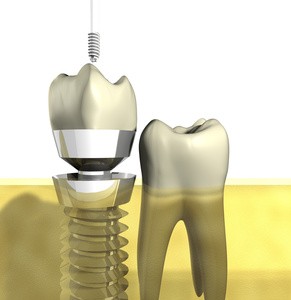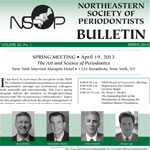 When you think about the alternatives for replacing missing teeth, it seems as though dental implants are still viewed as the “new” option in dentistry. Maybe it’s because no other viable tooth replacement has been introduced since the explosive arrival of implant dentistry. Or maybe it’s because the field of implant dentistry itself has continued to be revolutionized and transformed to meet the changing needs of our modern society. Researchers are continuing to develop newer and more creative ways to utilize these prosthetic teeth.
When you think about the alternatives for replacing missing teeth, it seems as though dental implants are still viewed as the “new” option in dentistry. Maybe it’s because no other viable tooth replacement has been introduced since the explosive arrival of implant dentistry. Or maybe it’s because the field of implant dentistry itself has continued to be revolutionized and transformed to meet the changing needs of our modern society. Researchers are continuing to develop newer and more creative ways to utilize these prosthetic teeth.
Dental implants have been used commercially since the 1970’s, but the concept of replacing a natural tooth with an artificial substitute can be traced back to the ancient history of the Mayan culture. The ancient culture used the ingenuity and the primitive technology of their time to imitate the function and look of real teeth.
Near the middle of the 20th century, a surgeon noted the ability of titanium to fuse with living bone in a predictable and successful way. Initially, this discovery was used to improve the outcome of orthopedic surgery, but later it was found to be a useful way to replace missing teeth.
Since that time, dental implants have been recognized for their extraordinary success rate, their biocompatibility, and their high esthetic appeal.
There is more to this history lesson, though. Since the 1980’s the dental community as well as the rest of the world has found that the potential heights of the implant revolution are virtually unlimited. An implant can be designed to replace just one tooth, or it can be used to construct a permanent dental bridge. An implant can be used to replace front teeth or back teeth, and there are implants in various sizes (both length and circumference). Implants can be used as a supporting foundation for dentures and partials, and temporary implants can even be used during orthodontic procedures.
Our skilled periodontists can educate you on the history and also the future of dental implants. Call today to learn more.


